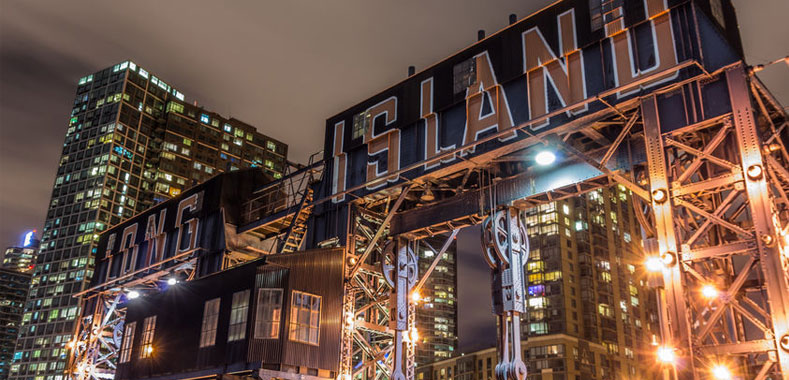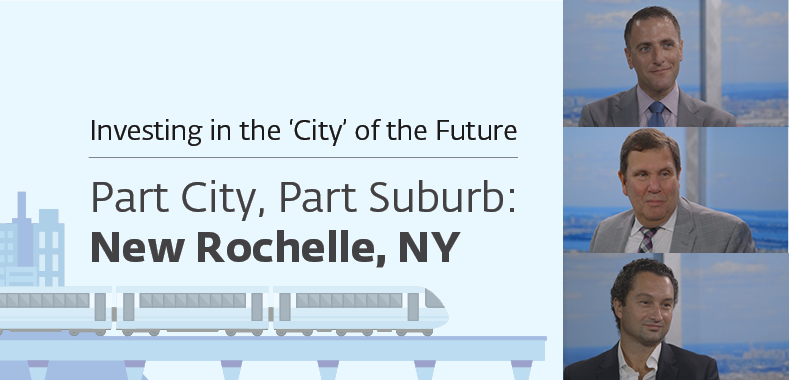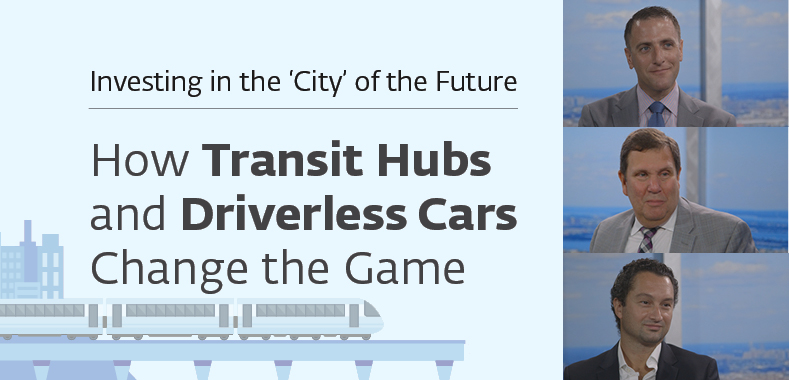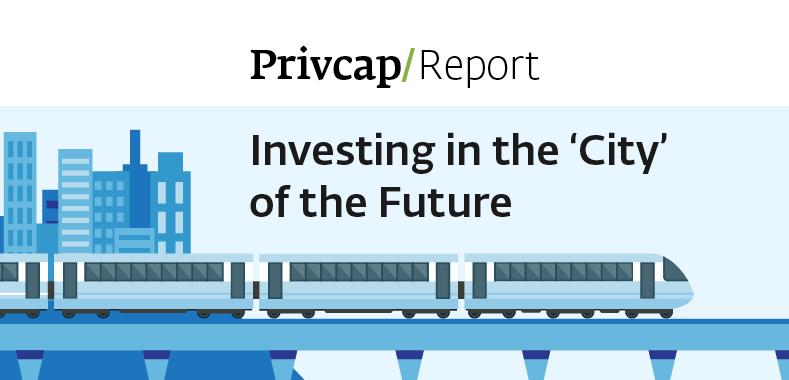E-commerce Revolutionizes Retail Real Estate
What will happen to retail real estate as ecommerce delivery takes up a bigger and bigger percentage of all shopping? How do you underwrite a building that has ground-level retail? What is happening to the value of distribution centers? Three real estate experts discuss.
Transcript Download Transcript
E-commerce Revolutionizes Retail Real Estate
David Snow, Privcap:
Today we’re joined by Matt Baron of Simon Baron Development, Seth Pinsky of RXR Realty, and Kenneth Weissenberg of EisnerAmper. Gentlemen, welcome to Privcap. Thanks for being here.
Retail is one of the food groups for real estate investing, yet it is being completely upended by the arrival and the growth of e-commerce. What are the real estate implications for the arrival of e-commerce? What would be a smart bet for—whether you’re investing in retail or logistics, what do you think cities are going to look like? And where should you put your capital for the long term?
Matt Baron, Simon Baron Development:
When I think about retail today, I think about how easy it is for me to buy something. Whether I have to get out of bed to do it or get out of the office to do it. And how quickly am I going to get it? From a perspective of development and investing in retail, I think some people need to think about that sort of seismic shift that’s happened.
Now, I think there are certain retail uses that are, at least for the foreseeable future, going to always be involved, not going to change. Like food uses—you see all these different food halls popping up. I don’t know how many food halls the city can take, but there’s a lot of them. Those types of uses you just can’t get online. Going out to dinner with your wife—you’re not going to be able to do that online. But buying a suit, buying a pair of shoes, even going to the supermarket today—those have changed tremendously.
Seth Pinsky, RXR Realty:
Yes, and the impact is on multiple levels. First of all, there’s the impact on the economics of a building. It used to be that you could underwrite pretty reliably retail rent almost anywhere in the city or in the region.
Snow: So, on the street level, you’d say, “All right, we’re going to have several tenants that are going to be involved in some kind of retail.”
Pinsky: Exactly. And the rent’s going to be this—
Snow: It’s easy.
Pinsky: —and we’re going to find, it’s going to be one of 10 different retailers that you’re going to find. Now, you can’t underwrite that as reliably. People are trying to figure out different retail uses to fill those ground floor spaces, but I don’t know that anyone has the magic formula yet. It also has an impact—if you’re building, for example, residential product today, you have to think about storage areas in the lobby. Because in my building, which is an older building, when I get home every day there are piles of boxes in our lobby, because everyone’s getting everything delivered. How do you accommodate that?
Kenneth Weissenberg, EisnerAmper:
If I know what size I am at the Gap, I’ll just push the button on my phone and I’ll have the same thing at my house that day or the next day. It used to be [with] retail that if you ordered something online or through a catalog, it would be a week, sometimes two weeks. Now, that’s shrunk to a day or less.
Snow: Right. “Next day” is the new “next week,” right?
Weissenberg:
Exactly.
Pinsky: Then, finally, something we’ve been talking about. All of those empty retail shops are not just empty real estate spaces, they’re also jobs that no longer exist. And those people who used to work in those stores are tenants in residential buildings. And their money pumps money into the economy. What do you do about those people?
On the flip side, as with everything, there are challenges, but there are also opportunities. Especially if you look at how New York City has re-zoned vast swaths of its industrially-zoned land and taken that out of commission for industrial uses. As we suddenly have this new industrial use, which is quite voracious in its appetite for space, what you’re seeing is that the few remaining industrial areas in the city are becoming much more valuable, not as places for conversions to different uses, but as places for more traditional industrial use. How we accommodate all of that is another question that we have to answer.
Snow: I wanted to ask your views on a recent deal that has that built into it, which is the acquisition of Whole Foods by Amazon. Whole Foods is seen, in part, as a distribution play for Amazon, so what’s your read into that deal? Why does it make sense?
I think the market is speaking, and people are saying, “I don’t want to spend an hour or two hours schlepping to Whole Foods and carrying the bags back, and doing all that. I want to be able to push a button and get my fresh, shiny tomatoes, or whatever, delivered straight to me.”
Pinsky: There’s a complex in Red Hook that was bought by a group of investors. Their plan was to transform the building into a creative office hub. It was an old industrial complex. Over time, they realized they weren’t going to be able to do that, so they put it on the market. We looked at it and we just couldn’t figure out how you could make the numbers work, given the price for the use that they had planned.
What I understand is that they actually hit their price, but the group that is buying the complex is planning on converting it back to industrial use for this very reason—for use as a logistics hub.
Baron: I think people are not fully cognizant of how to underwrite those types of deals today yet. It’s still a relatively new phenomenon in the real estate business. Real estate tends to move really, really slow. And this is happening pretty quick. It’s sort of like marrying e-commerce and real estate. I mean, those two—one moves really fast and one moves really slow. We’re definitely seeing that.
Weissenberg:
Talk about your point on jobs—the industrial building, which used to have hundreds of factory workers, now has two or three factory workers servicing automatic conveyor belts.
Snow: Talk more about how new residential complexes are being created with the delivery of thousands of boxes in mind. What physically needs to be in place in order to accommodate that activity?
Baron: You need space and you need space to accommodate not just packages, but cold storage, because a lot of the stuff that is being delivered is food. So, we’re doing some interesting things now where, in some cases, we have buildings where we have entire rooms dedicated just for cold storage. Because some things, even if they’re not food, can be placed in cold storage. So why not just create one huge room that can accommodate all of it?
Pinsky: In addition to that, the building notification systems, letting people know (whether remotely on their phones or on their watches) that a package has arrived and it’s being held for them. All of that is really being revolutionized as we speak.

















